ECO100 Assignment 2: Macroeconomic Indicators for Oil & Gas
VerifiedAdded on 2023/06/07
|6
|1170
|313
Report
AI Summary
This report examines the role of macroeconomic indicators in the US oil and gas industry, focusing on the impact of these indicators on market dynamics and economic trends. The report begins with an overview of the US oil and gas industry, including its size, contribution to the economy, and employment figures. It then delves into key macroeconomic indicators, such as inflation rates and crude oil inventories, and how these indicators are used by traders and investors to understand market fundamentals and predict price movements. The report also analyzes recent trends in oil inflation rates, highlighting the factors influencing these trends. The analysis includes data from 2010 to 2017 and discusses the impact of technological advancements on production and prices. Finally, the report concludes with a projection of future trends, suggesting a continued decline in inflation rates due to the adoption of modern production technologies. The report uses data from the U.S. Energy Information Administration and other sources to support its findings, providing a comprehensive overview of the relationship between macroeconomic indicators and the US oil and gas industry.
1 out of 6
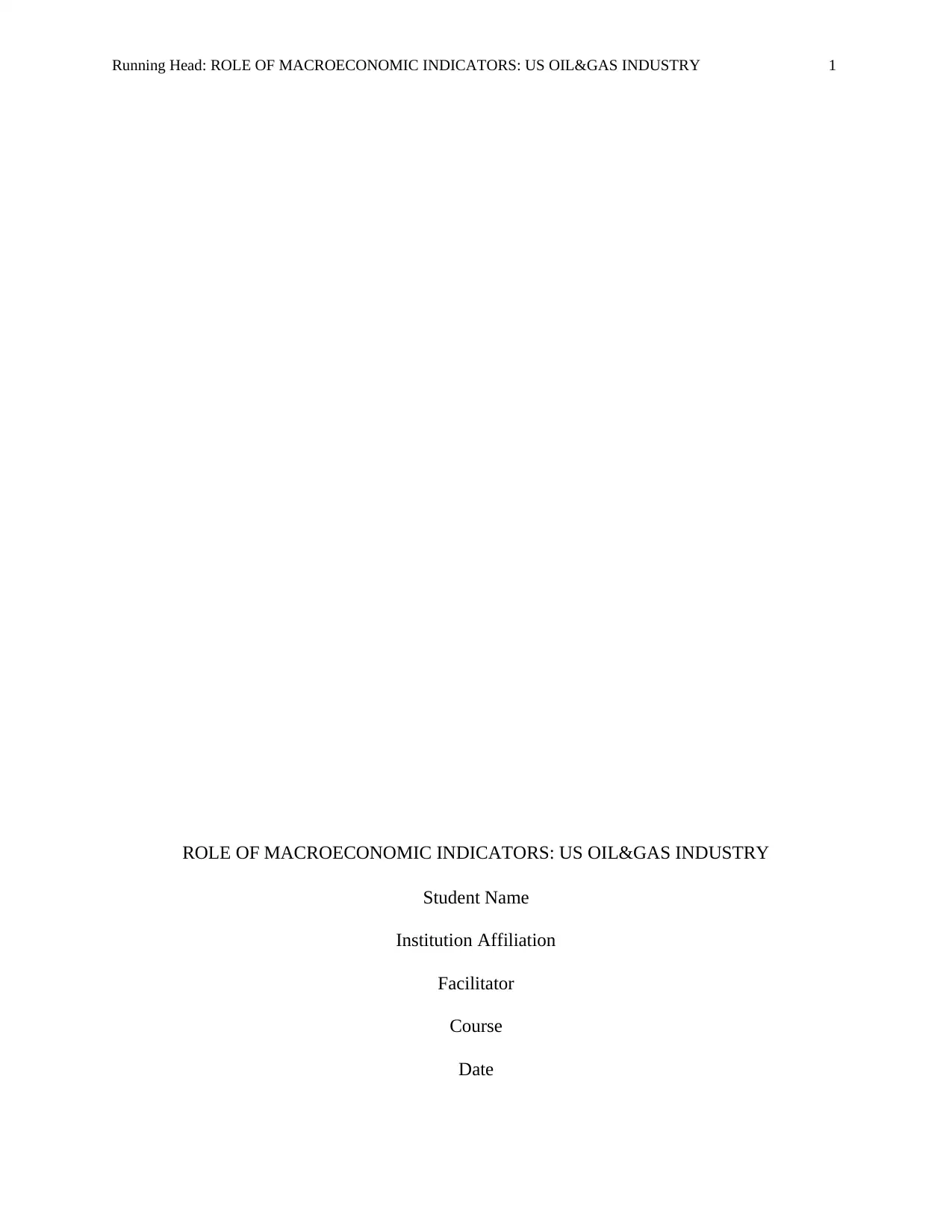
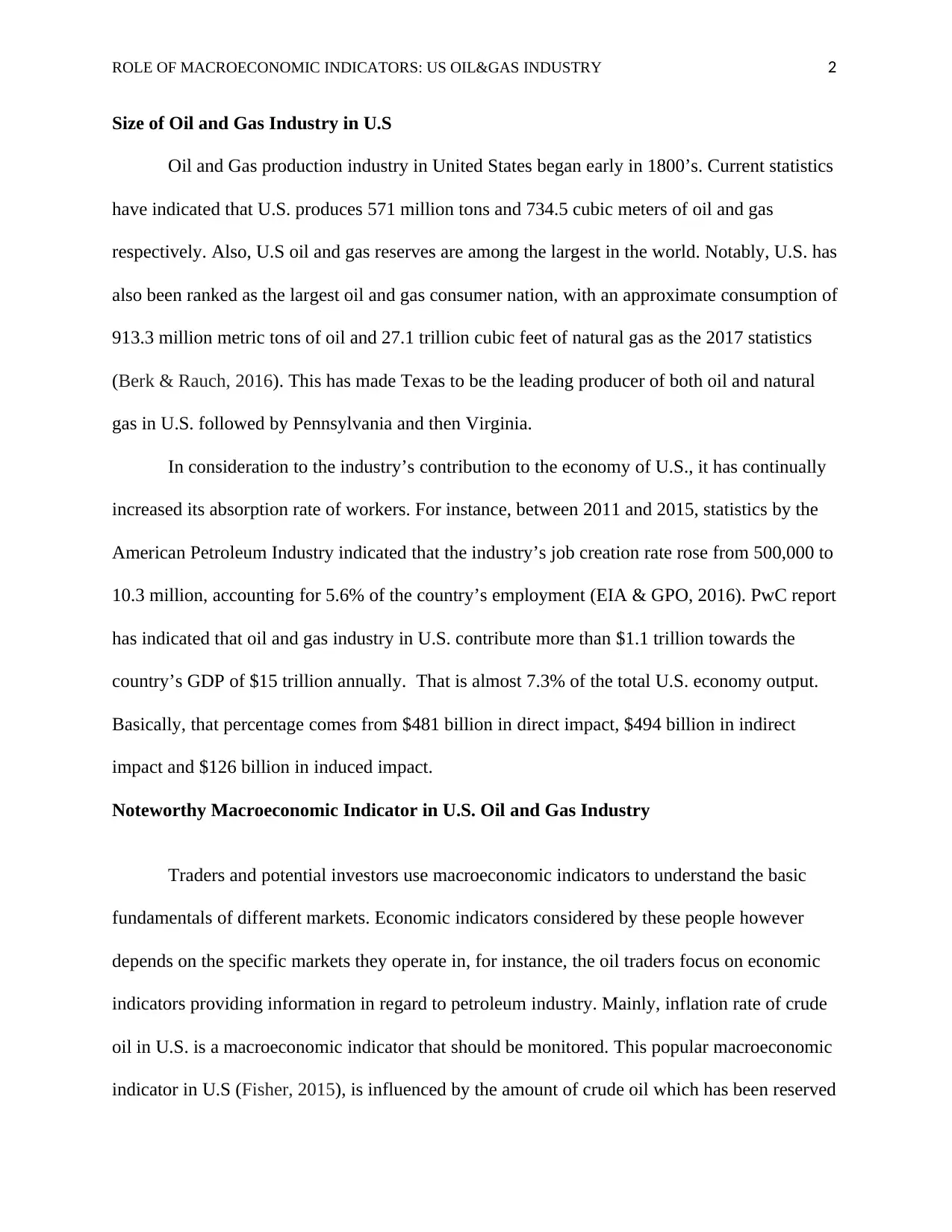
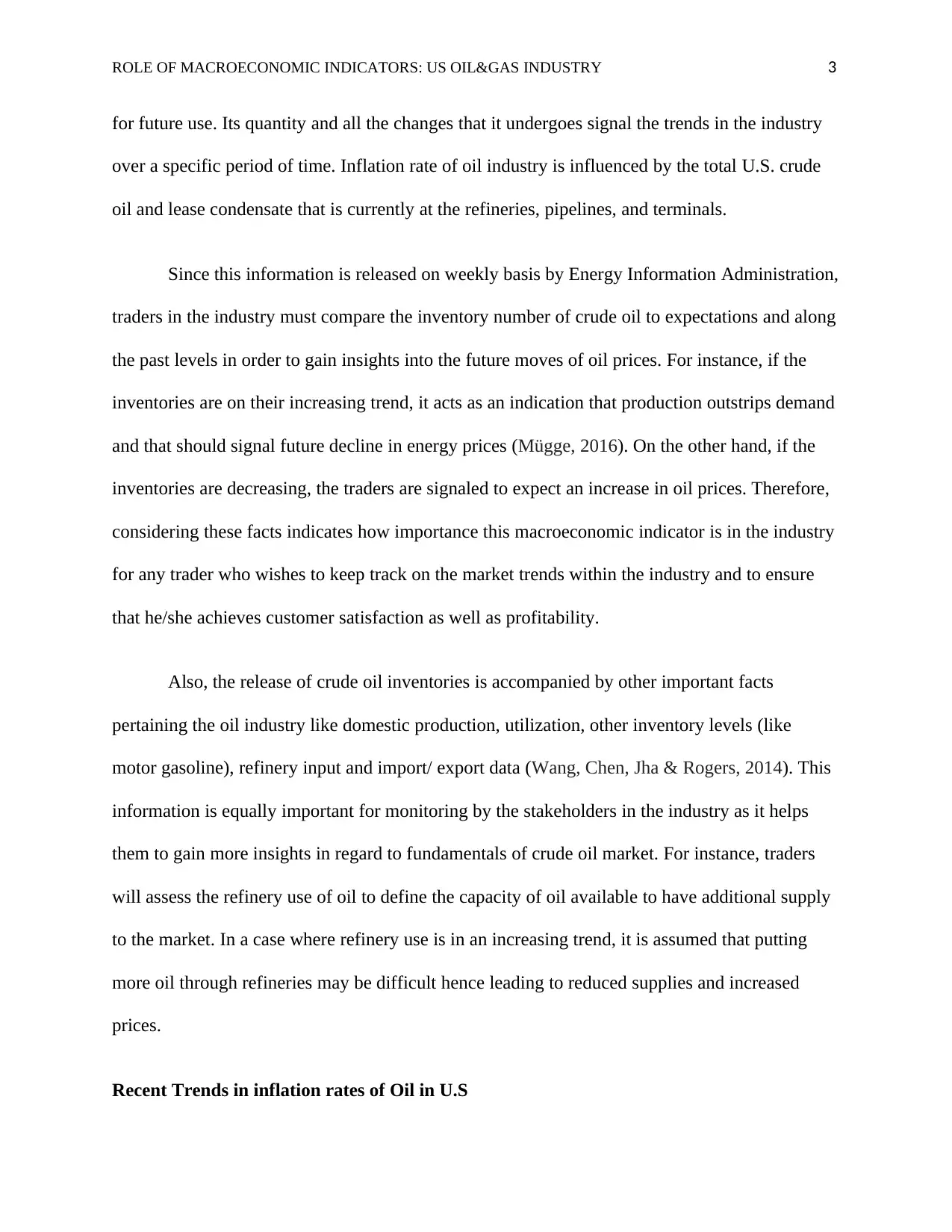

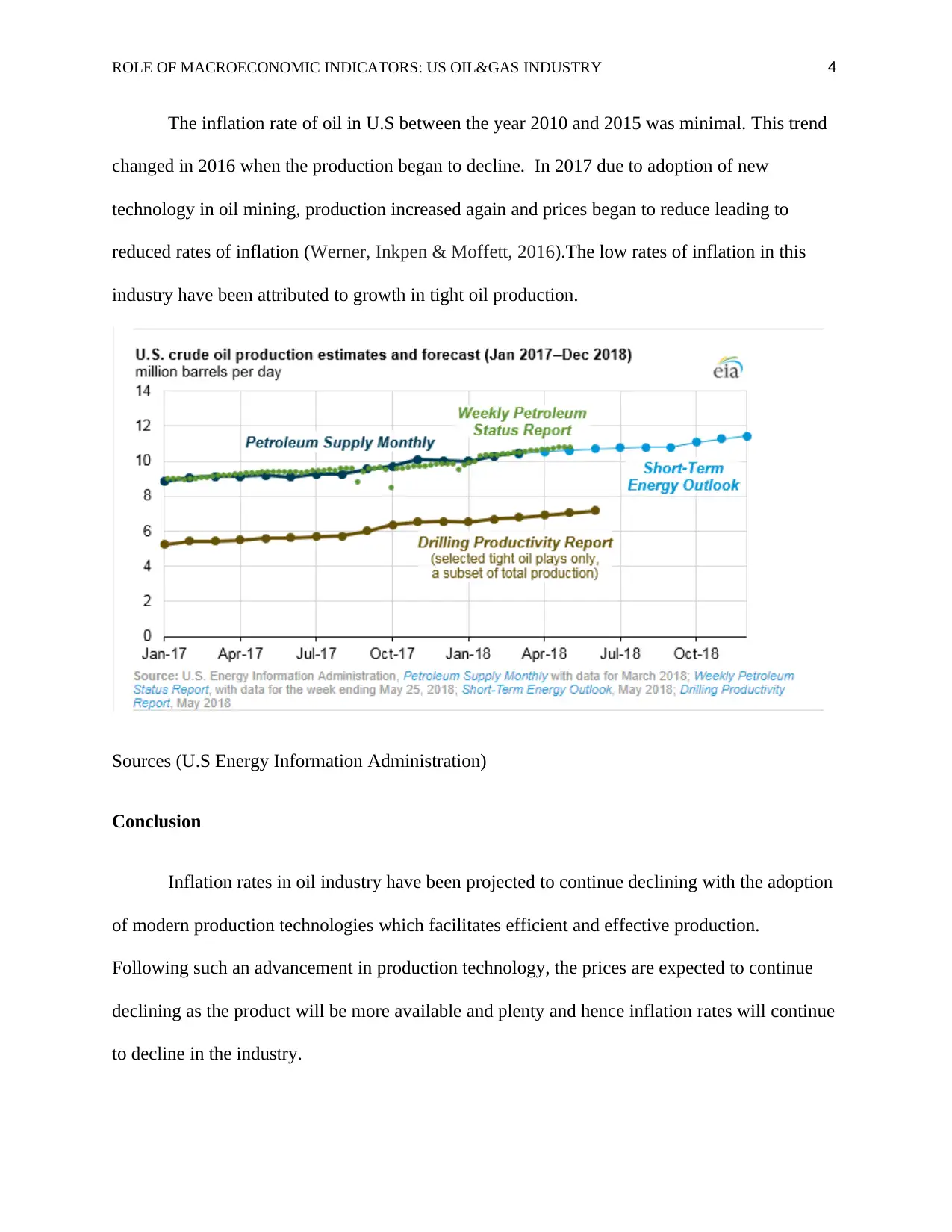
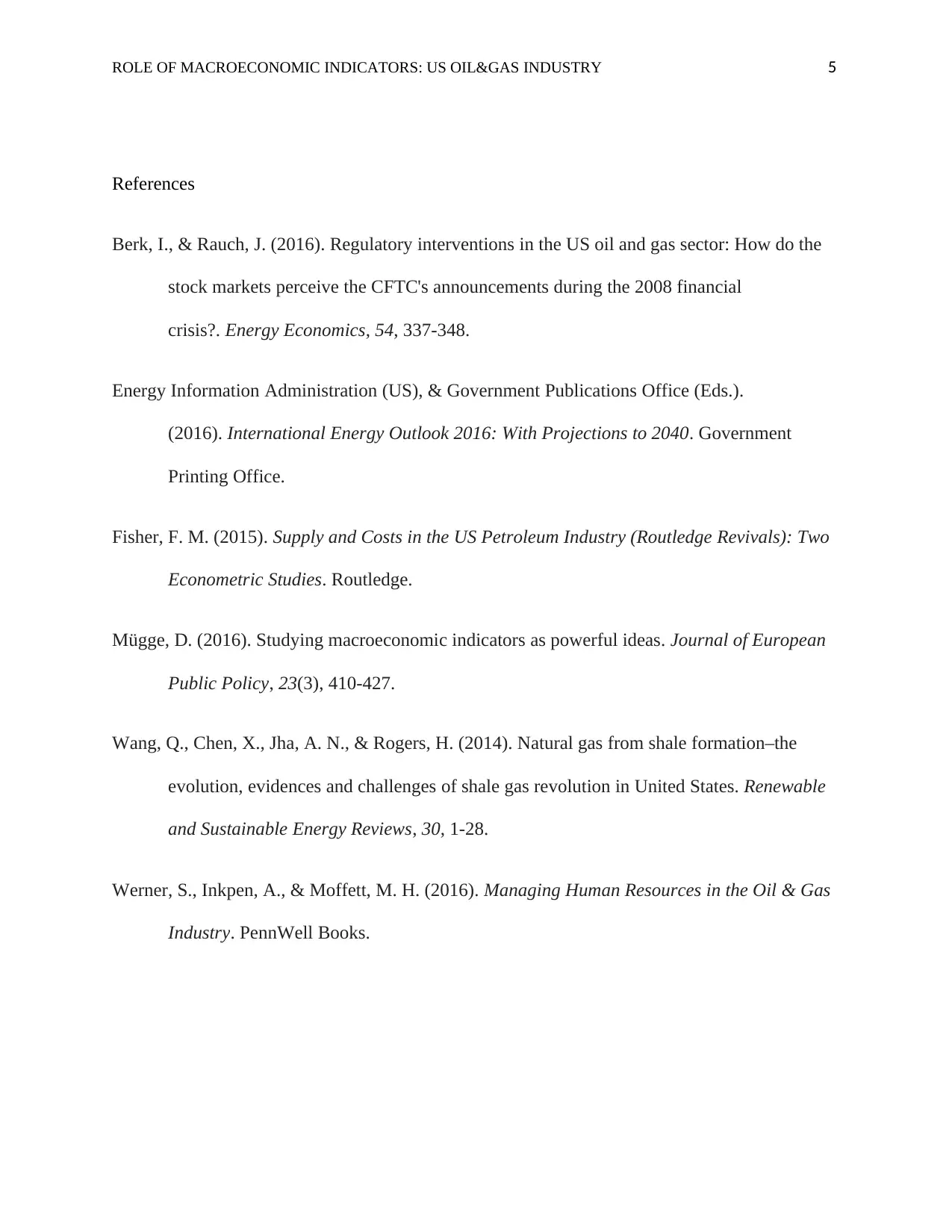






![[object Object]](/_next/static/media/star-bottom.7253800d.svg)